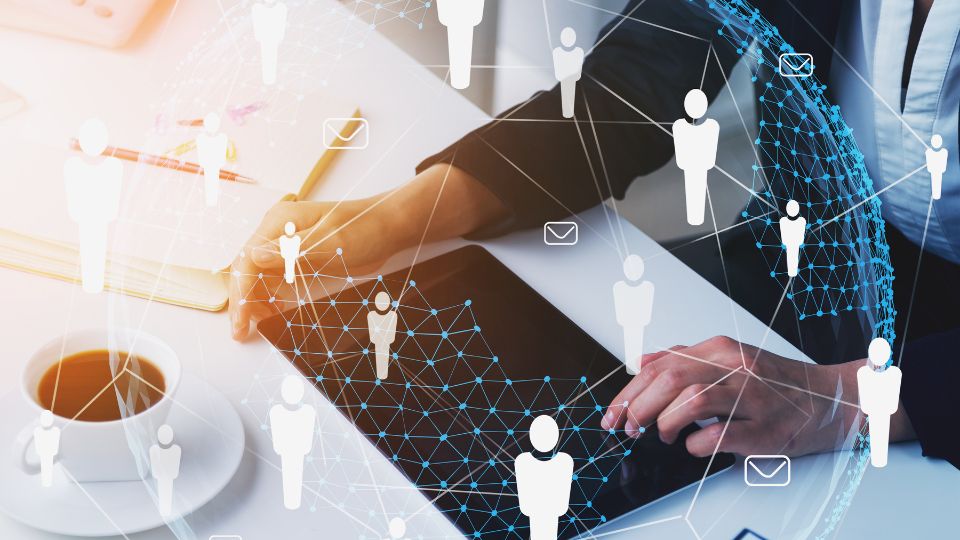The Internet of Things (IoT) holds transformative potential across various sectors, from retail to healthcare. With an exponential growth trajectory, it’s projected that by 2025, there will be nearly 50 billion IoT devices connected globally—roughly four IoT devices per person. IoT isn’t merely about connecting devices; it’s about integrating data across systems, from customer relationship management to supply chain logistics. Let’s explore what the future holds for IoT over the next five years.

IoT Basics
The Internet of Things (IoT) refers to the technology that allows everyday objects—such as appliances, vehicles, and even furniture—to connect and communicate through sensors. This connectivity enables devices to exchange data, enhancing their functionality and coordination. Although IoT has been around for a while, it has gained mainstream traction recently, with major tech giants like Google and Apple investing heavily in its potential. As IoT evolves, businesses can maximize their potential through advanced data management and integration strategies.
IoT in Transportation
IoT is revolutionizing the transportation sector. Companies like Audi are utilizing IoT to enable vehicles to communicate with each other and their surroundings, resulting in fewer accidents and cost savings. Future advancements could see IoT transforming public transportation with driverless vehicles and improved safety features. Real-time tracking and data integration will play crucial roles in optimizing transportation systems, enhancing both efficiency and safety.
IoT in Manufacturing
In manufacturing, IoT is set to play a pivotal role in improving production processes and quality control. With over 14 million IoT devices connected in North America alone, the sector is poised for significant advancements. IoT-based solutions for inventory monitoring, customer data management, and logistics optimization are on the rise. By 2025, an estimated 25 billion devices will be connected globally, leveraging advanced analytics and AI for more efficient operations.
IoT in Agriculture
Agriculture has long utilized IoT technology to improve practices. Sensors monitor environmental conditions and crop production, transmitting data wirelessly for analysis. This information helps optimize watering, fertilizing, and irrigation systems, contributing to water conservation and enhanced productivity. IoT is also integral to addressing global challenges such as water shortages and climate change, with data-driven insights aiding in sustainable agricultural practices.
IoT in Energy
The energy sector is increasingly focused on integrating IoT solutions to enhance grid intelligence and efficiency. IoT enables communication between electric grids, optimizing power supply and reducing waste. Intelligent systems ensure that energy consumption is minimized and resources are used effectively. This data-driven approach not only saves costs but also supports environmental sustainability.
The Final Word
The IoT landscape is evolving rapidly, impacting a wide array of industries from supply chain management to energy conservation. As IoT technology continues to advance, it will bring significant changes to how we manage resources, make decisions, and solve problems. Embracing IoT’s capabilities, including scalable data lakes, advanced analytics, and real-time tracking, will be crucial for businesses looking to thrive in this dynamic environment.






